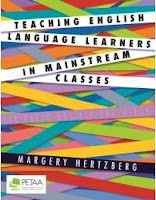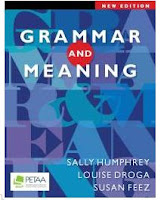I have been horrible at posting lately as school has got the best of me. But, I promise to make an effort to post more regularly, since we have been doing some wonderful activities and lessons in the past few weeks since school has started.
Here is a quick but handy post on oral language. Teachers are often at a loss for ideas on how to run an oral language activity (I will post some more ideas in another post). This book is wonderful, and although it is targeted for EAL students, it really can be used with an grade and academic level.
Inside this book, there are numerous flash cards relating to different topics (school, home, activities, food, etc.). I have simply photocopied the flash cards that I wanted onto coloured paper and laminated them.
Now, in my reading class, we use they flash cards for tons of different oral language activities.
Some activities we do with the flash cards are:
- alphabetical order
- categorising
- synonyms/antonyms
- letter patterns
- 20 questions
Hopefully this helps spawn some other wonderful oral language ideas!





































